Bushland Park, Lobethal, South Australia, Australia
This page contains many photographs and may take a while to load,
please be patient,
thanks, Bill.

All photos © Bill Chartres unless otherwise acknowledged.
Lobethal Bushland Park provides habitat for a diverse
range of flora and fauna, including Rare Maiden Hair Ferns
and Leafy Greenhood Orchids.
The Native Orchid Society has catalogued 33 species of
native orchid (some of which were thought to be extinct)
within the Park.
There are up to 100 bird species and 270 indigenous
(native) plant species.
15% of the flora are rare and vulnerable, including
some species that are not found outside the park.
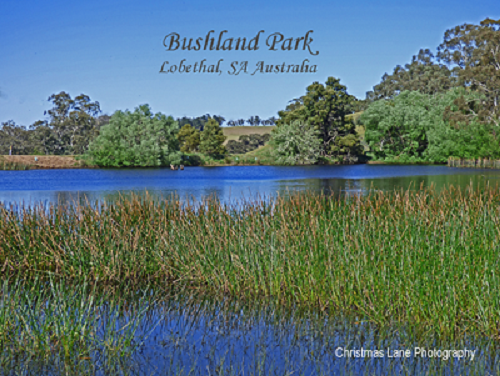
Bushland Park is located at Lobethal,
South Australia,
on the Kenton Valley Road.
It has a picnic area with a playground
overlooking a lake and walking trails
with a great deal of flora and fauna.
During the 19th and early 20th century, before
reticulated water was available to the towns in
the Onkaparinga Valley, two reservoirs in a
118 hectare property supplied water to the
town of Lobethal and its major industry,
the Onkaparinga Woolen Mills.
Early in 1982 the land was declared
surplus to the requirements of the
E & WS Department, and it was offered
to the District Council of Onkaparinga.
In December 1986 Lobethal Bushland Park
was officially opened by the Governor
Sir Donald B Dunstan.
Photos - Bushland Park.
These photos were taken in 2016

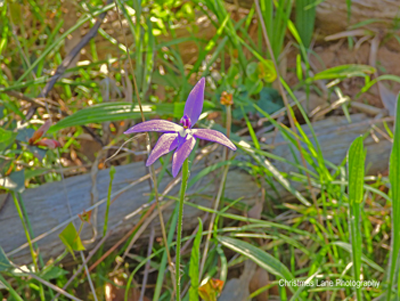
(Photo (©) - Peg & Bill Chartres' collection - 2016)
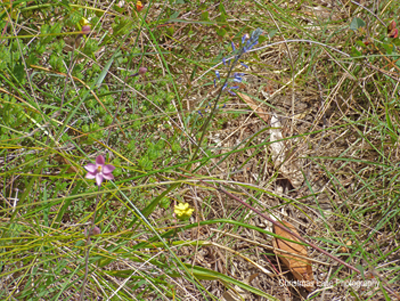
(Photo (©) - Peg & Bill Chartres' collection - 2016
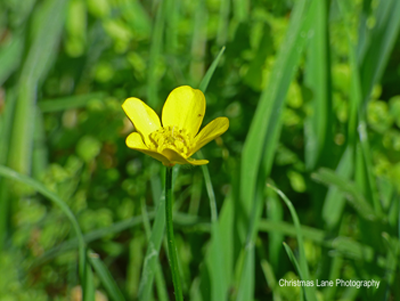
(Photo (©) - Peg & Bill Chartres' collection - 2016
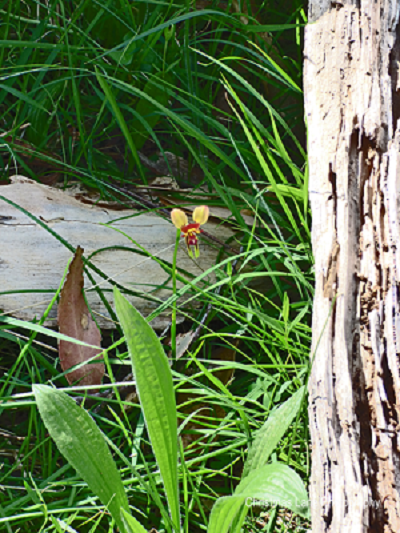
(Photo (©) - Peg & Bill Chartres' collection - 2016)
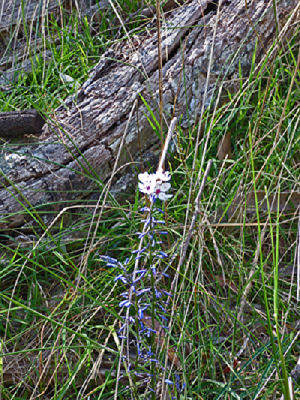
(Photo (©) - Peg & Bill Chartres' collection - 2016
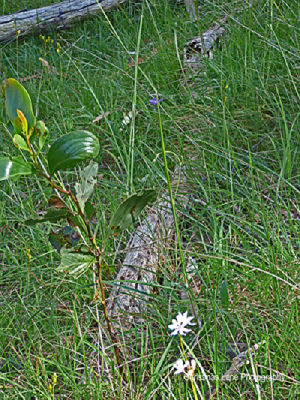
(Photo (©) - Peg & Bill Chartres' collection - 2016
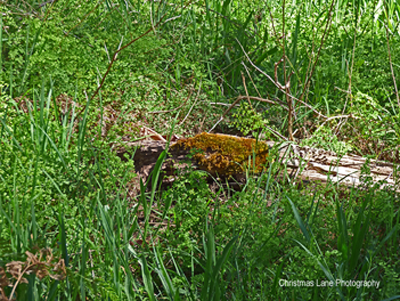
(Photo (©) - Peg & Bill Chartres' collection - 2016)
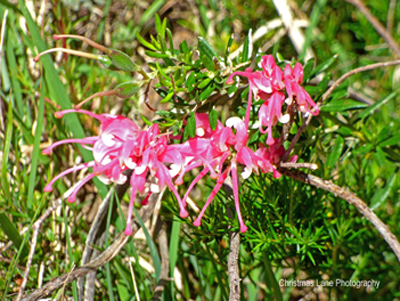
(Photo (©) - Peg & Bill Chartres' collection - 2016
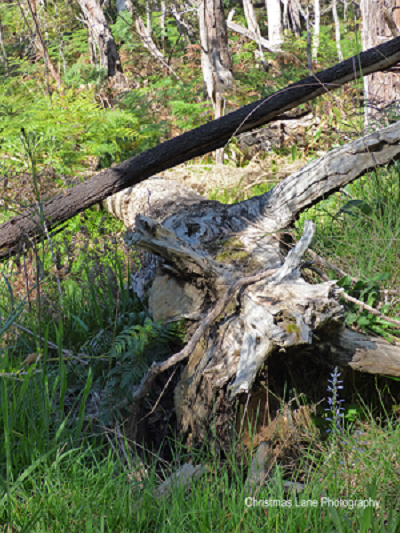
(Photo (©) - Peg & Bill Chartres' collection - 2016)
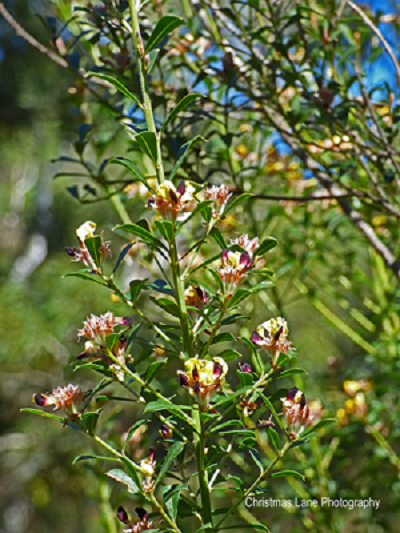
(Photo (©) - Peg & Bill Chartres' collection - 2016
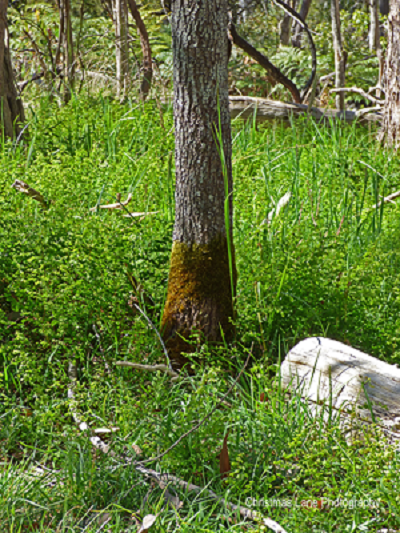
(Photo (©) - Peg & Bill Chartres' collection - 2016
On December 20th 2019 a disastrous bushfire destroyed Bushland Park
Sadly most of the flora and fauna was completely destroyed.
These photos were all take on January 17th 2020
Four weeks after the fire destroyed the park
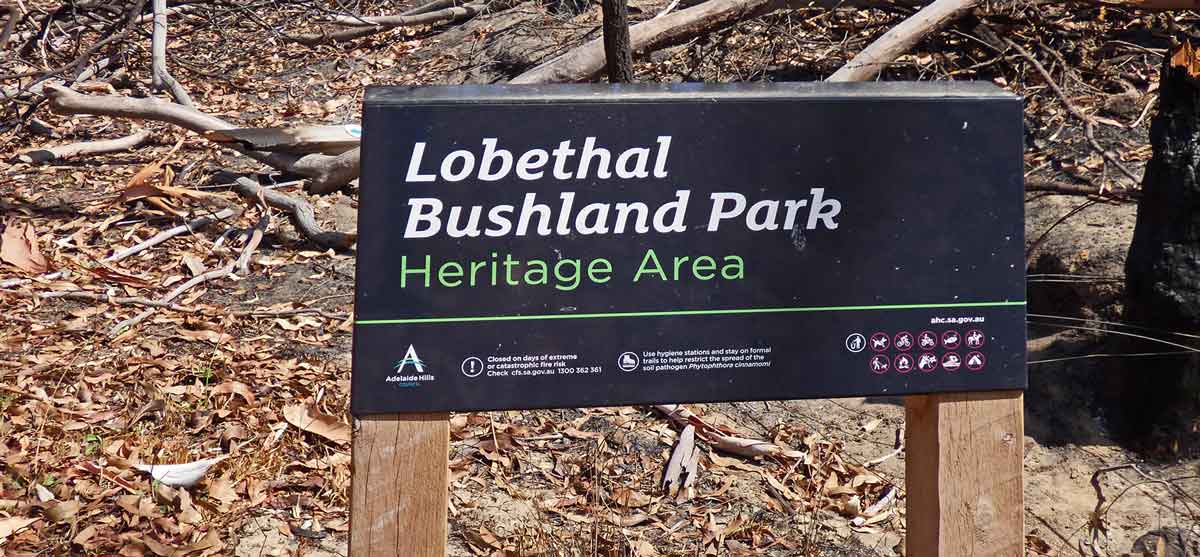
(Photo (©) - Peg & Bill Chartres' collection - 2020
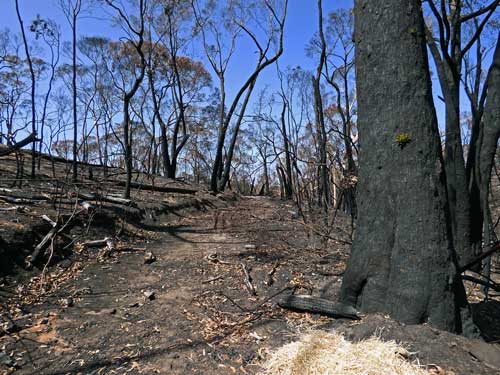
(Photo (©) - Peg & Bill Chartres' collection - 2020)
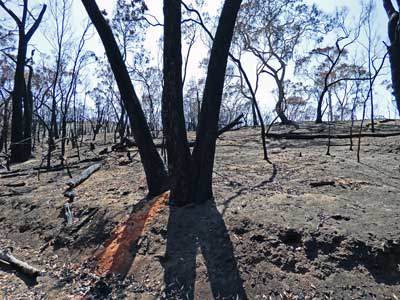
(Photo (©) - Peg & Bill Chartres' collection - 2020
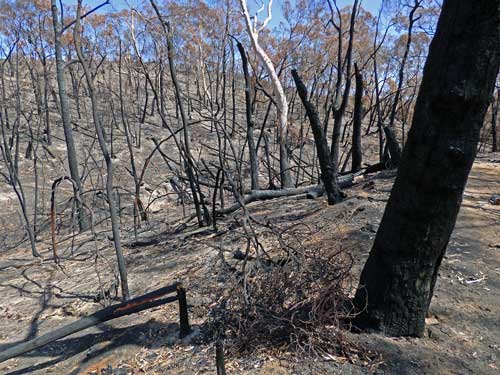
(Photo (©) - Peg & Bill Chartres' collection - 2020
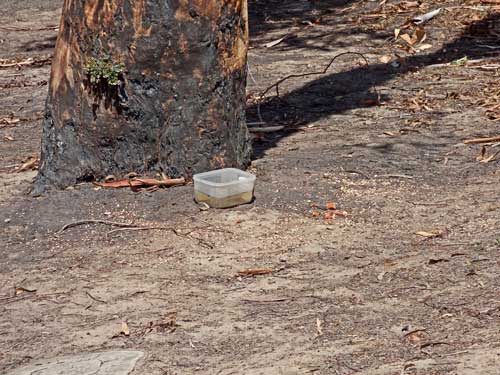
(Photo (©) - Peg & Bill Chartres' collection - 2020)
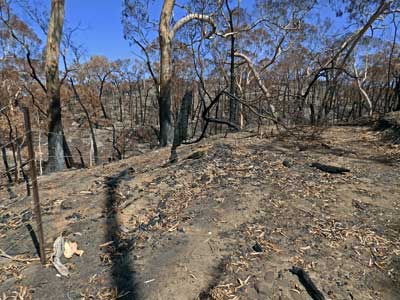
(Photo (©) - Peg & Bill Chartres' collection - 2020
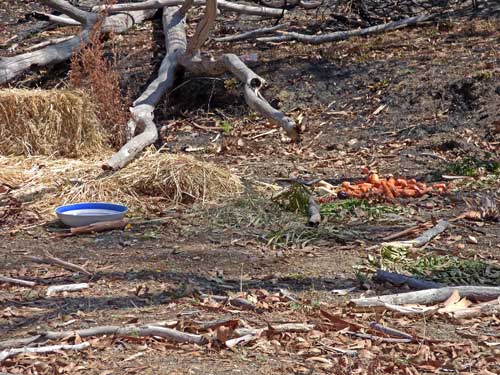
(Photo (©) - Peg & Bill Chartres' collection - 2020
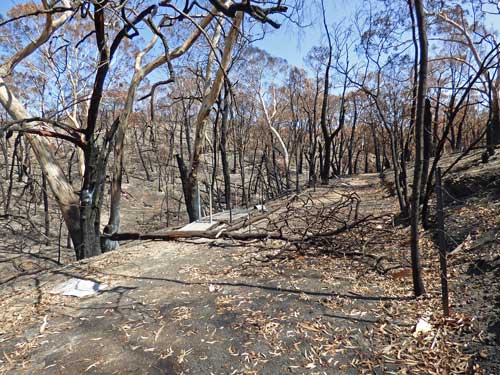
(Photo (©) - Peg & Bill Chartres' collection - 2020)
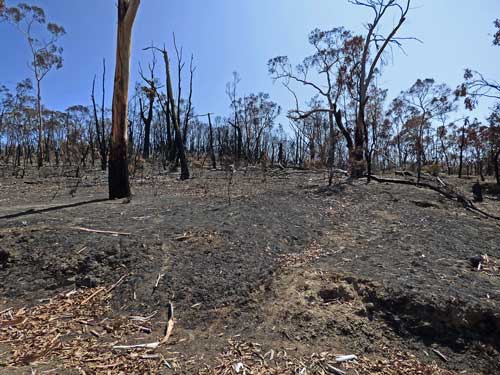
(Photo (©) - Peg & Bill Chartres' collection - 2020
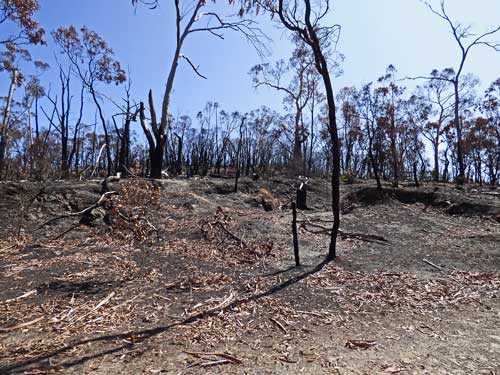
(Photo (©) - Peg & Bill Chartres' collection - 2020
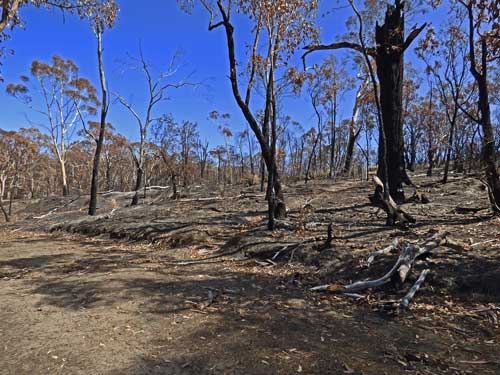
(Photo (©) - Peg & Bill Chartres' collection - 2020)
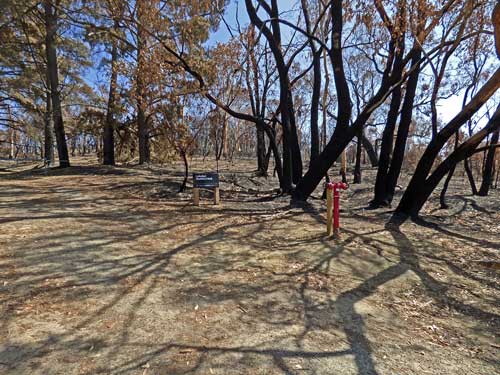
(Photo (©) - Peg & Bill Chartres' collection - 2020
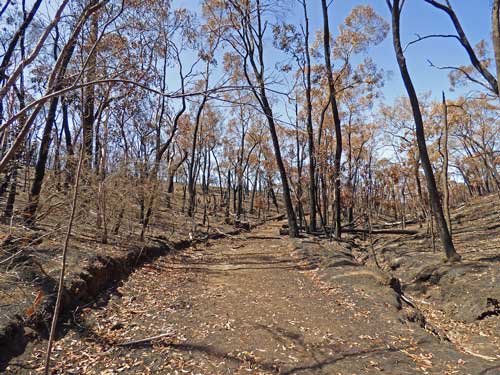
(Photo (©) - Peg & Bill Chartres' collection - 2020
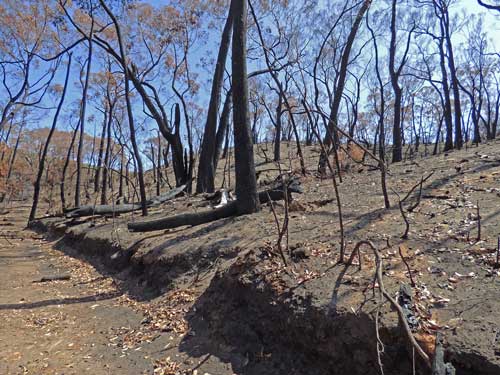
(Photo (©) - Peg & Bill Chartres' collection - 2020)
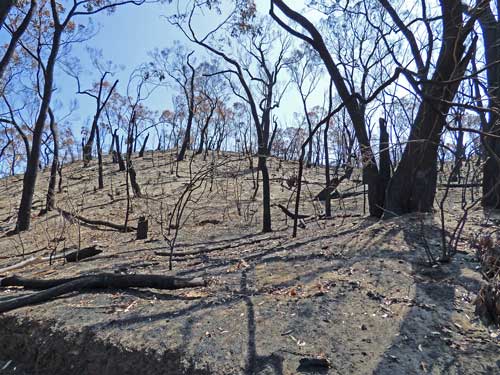
(Photo (©) - Peg & Bill Chartres' collection - 2020
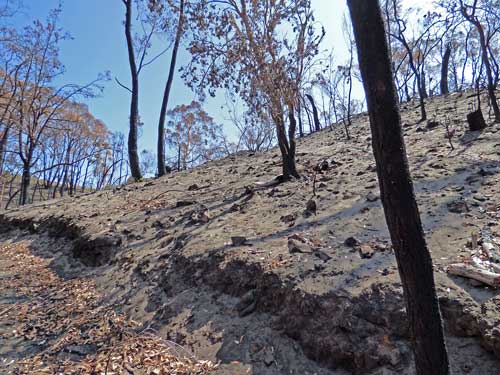
(Photo (©) - Peg & Bill Chartres' collection - 2020
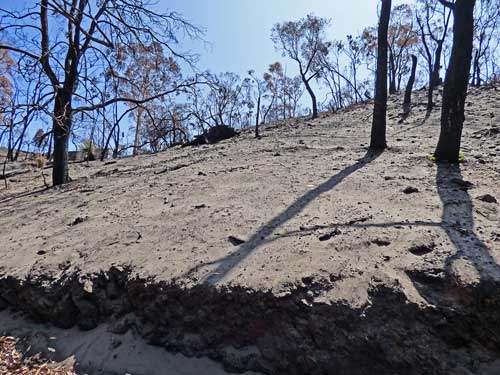
(Photo (©) - Peg & Bill Chartres' collection - 2020)
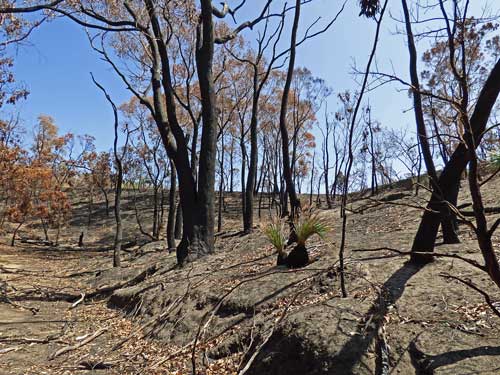
(Photo (©) - Peg & Bill Chartres' collection - 2020
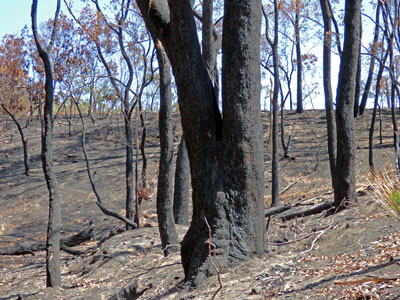
(Photo (©) - Peg & Bill Chartres' collection - 2020
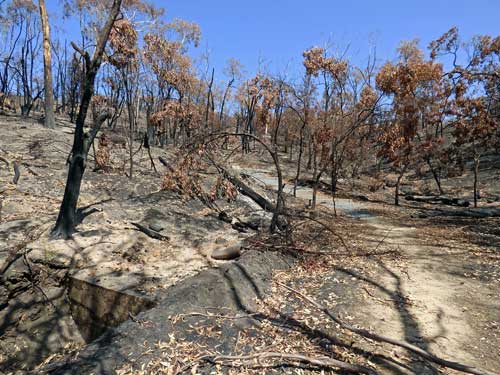
(Photo (©) - Peg & Bill Chartres' collection - 2020)
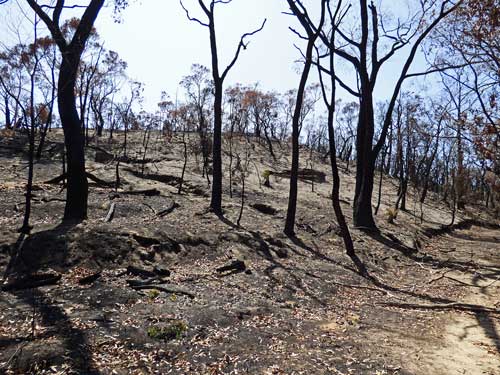
(Photo (©) - Peg & Bill Chartres' collection - 2020
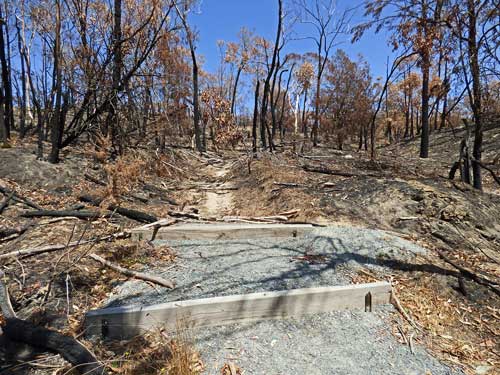
(Photo (©) - Peg & Bill Chartres' collection - 2020
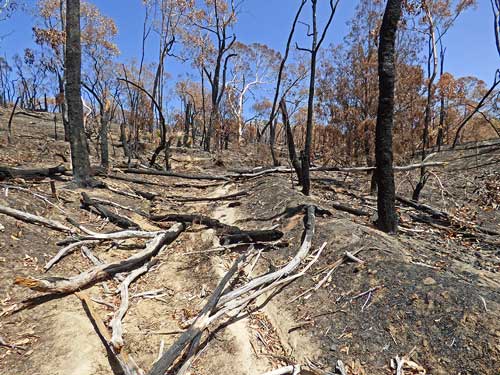
(Photo (©) - Peg & Bill Chartres' collection - 2020)
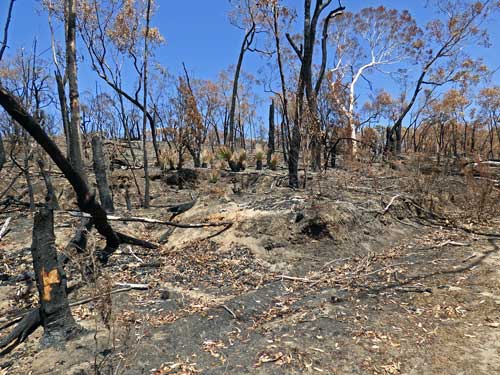
(Photo (©) - Peg & Bill Chartres' collection - 2020
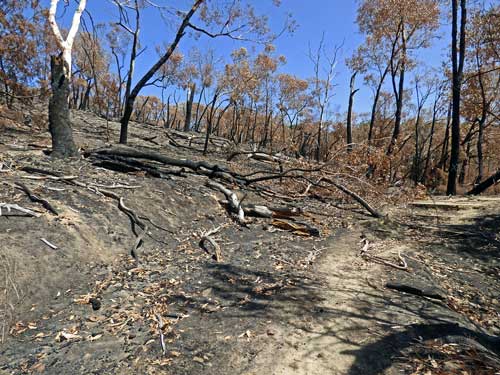
(Photo (©) - Peg & Bill Chartres' collection - 2020
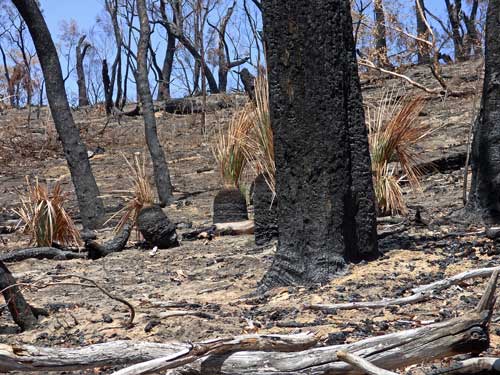
(Photo (©) - Peg & Bill Chartres' collection - 2020)
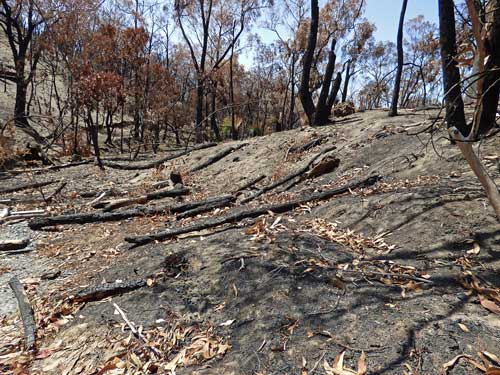
(Photo (©) - Peg & Bill Chartres' collection - 2020
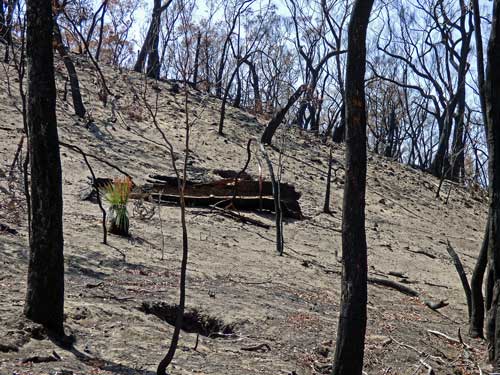
(Photo (©) - Peg & Bill Chartres' collection - 2020
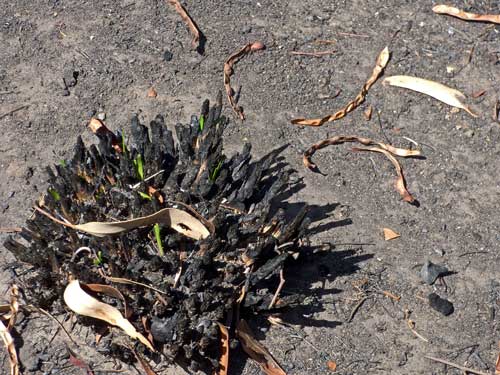
(Photo (©) - Peg & Bill Chartres' collection - 2020)
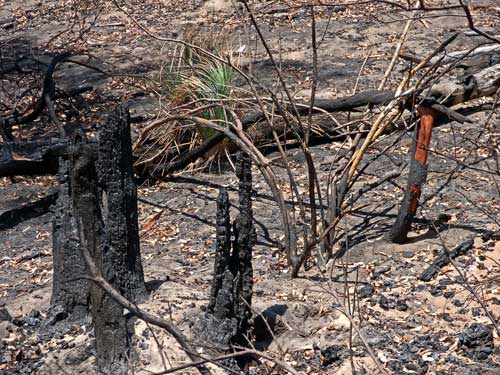
(Photo (©) - Peg & Bill Chartres' collection - 2020
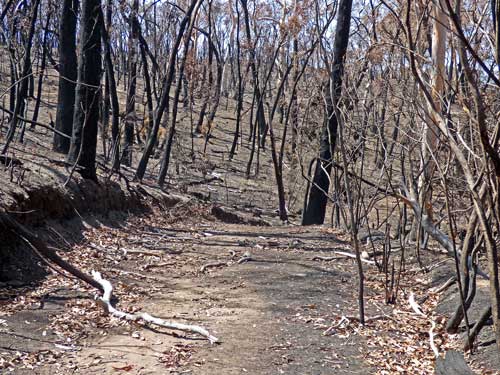
(Photo (©) - Peg & Bill Chartres' collection - 2020
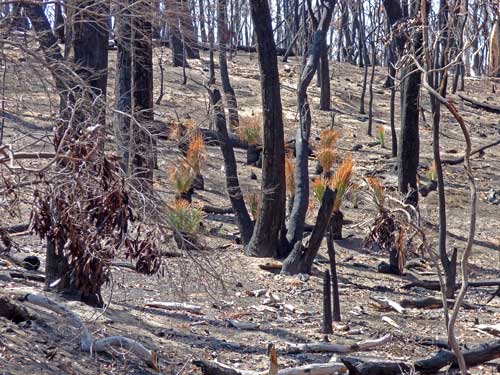
(Photo (©) - Peg & Bill Chartres' collection - 2020)
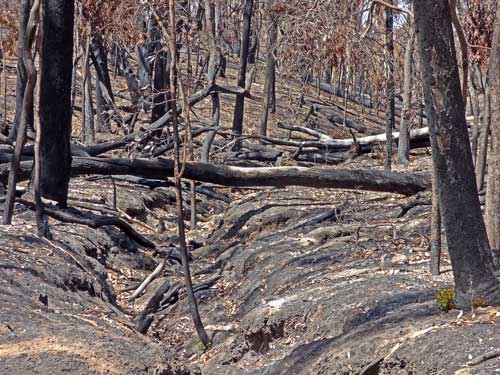
(Photo (©) - Peg & Bill Chartres' collection - 2020
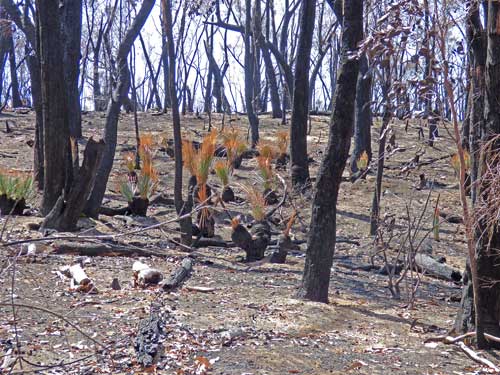
(Photo (©) - Peg & Bill Chartres' collection - 2020
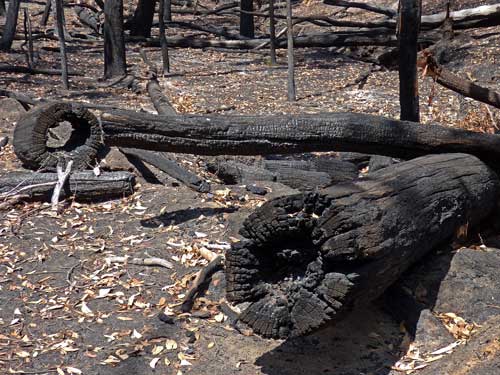
(Photo (©) - Peg & Bill Chartres' collection - 2020)
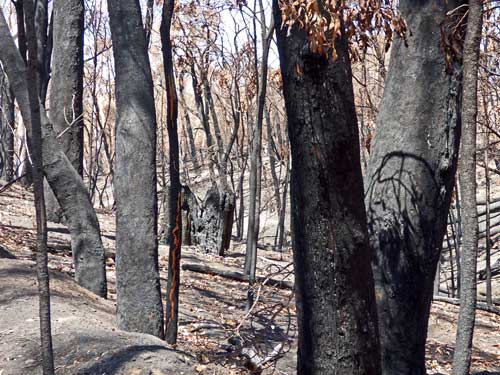
(Photo (©) - Peg & Bill Chartres' collection - 2020
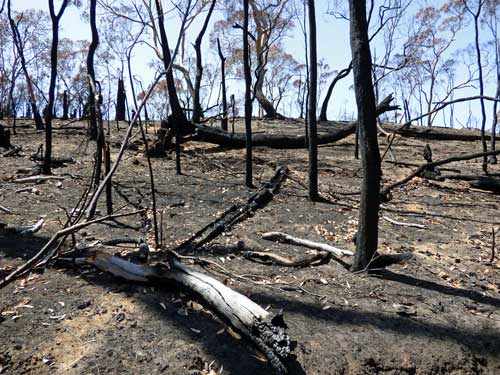
(Photo (©) - Peg & Bill Chartres' collection - 2020
The Recovery of Burnt Trees
This information was sourced (edited) from the City of Whittlesea Bushfire Recovery fact sheet
Burnt trees – Will they re-grow?
There have been many enquiries from landowners asking whether trees will regrow or are simply dead following the recent fires. In some cases trees will not regrow due to the extreme fire intensity experienced in a number of areas.Generally, however, most trees, especially Eucalypts, are expected to regenerate in time as they have evolved adaptations to withstand bushfires.
The following are examples of the various adaptations some native plants have evolved to survive bushfires:
Epicormic buds
Trees with rough bark, such as Red Stringy Bark (Eucalyptus macrorhyncha) and Messmate (Eucalyptus obliqua) have epicormic buds (dormant growth buds) deep beneath the bark which are protected from fire. When the tree is burnt and the foliage removed, the epicormic buds are triggered into life and they start to grow. Once these buds sprout, the tree then begins to regrow all the lost foliage, and gradually recovers in time.The first few leaves to sprout from these epicormic buds may look very different to the leaves that were on the tree before it was burnt. These first few leaves are juvenile leaves and will soon be replaced by adult leaves which are often larger.
Lignotubers
Some other eucalypts regenerate from underground lignotubers which are large roots from which the tree can sprout new growth.Although the above-ground part of the tree may not survive being burnt, the lignotuber and root-system remains alive. These trees should be left alone as their removal will damage the lignotubers and may prevent the tree from successfully regrowing.
In time, these trees will often develop multi-stem trunks and provide important habitat for local wildlife.
Regrowth
Other plants such as Tree Ferns (Cyathea australis and Dicksonia antarctica) and Grass Trees (Xanthorrhoea australis) have also developed ingenious ways to withstand bushfires, including dense, fibrous trunks.These plants simply reshoot and recover quite quickly. Many local landowners have remarked that tree ferns located in gullies and along watercourses started to resprout only weeks after the fires. Many indigenous plants, including Grass Trees, rely on fire to remove the build up of leaves and dead material.
Once burnt, flower-spikes, which will develop numerous seeds, are often the first sign that the Grass Tree is alive.
Seed storage – crown
Other plants may not survive bushfires but have instead developed ways to ensure that their species will still persist into the future. A number of smooth barked eucalypt species, such as Mountain Ash (Eucalyptus regnans), rarely survive bushfires and have instead evolved other ways to regenerate following fire.Seeds stored in capsules (gum-nuts) in the treecanopy are released following fire, then germinate en-masse once conditions become favourable, ensuring the survival of the species.
Seed storage – soil
Wattle trees (Acacia species) have developed seeds with hard coats which are stored in the leaf litter and soil.Many of these seeds have been buried underground by ants busily building up food stores to feed their colonies. The heat of the fire cracks the seedcoats and triggers germination. Many properties in Kinglake West have experienced a carpet of tiny seedlings emerging from the blackened ground.
In time, these seedlings will thin themselves out naturally and gradually replace the mid-storey vegetation, providing an important food source for local possums and birds as they recolonise bushfire affected areas.
DISCLAIMER: The advice in this publication is intended as a source of information only.
Note:- This Fact Sheet was prepared for the City of Whittlesea, north of Melbourne, Victoria,
but is also relevant to our area.
These two photos show the start of the recovery process in Lobethal Bushland Park.
Both photos were taken in the same location.
The first photo was taken 17th January and the second on 18th February 2020.
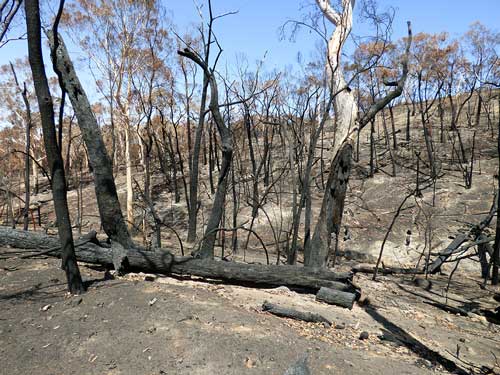
(Photo (©) - Peg & Bill Chartres' collection - 2020)
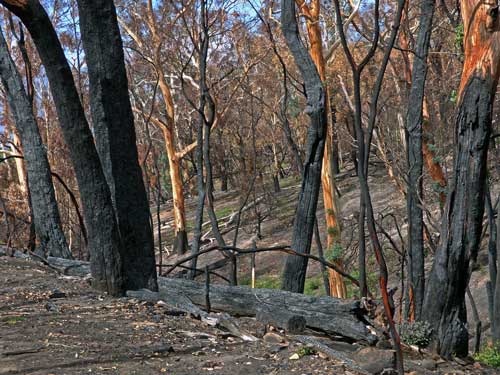
(Photo (©) - Peg & Bill Chartres' collection - 2020
Photos - Bushland Park.
These photos were taken 05/02/2020

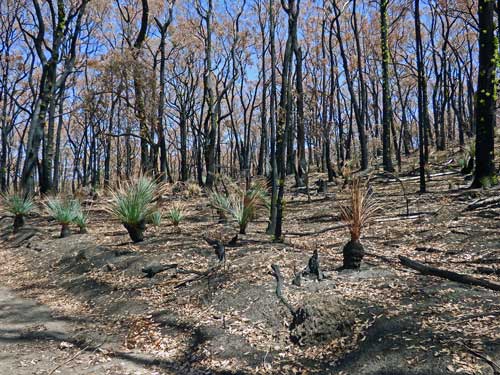
(Photo (©) - Peg & Bill Chartres' collection - 2020)
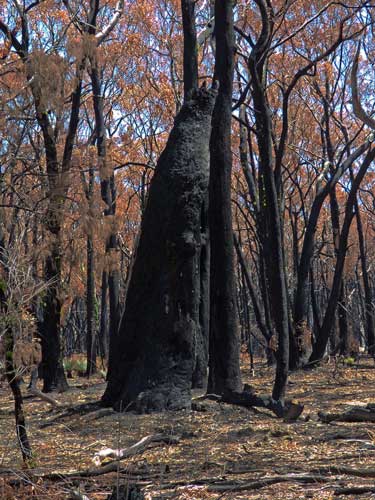
(Photo (©) - Peg & Bill Chartres' collection - 2020)
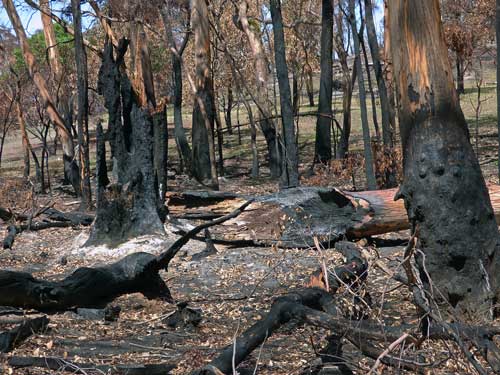
(Photo (©) - Peg & Bill Chartres' collection - 2020)
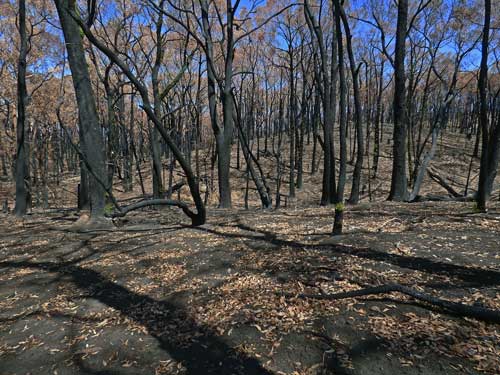
(Photo (©) - Peg & Bill Chartres' collection - 2020)
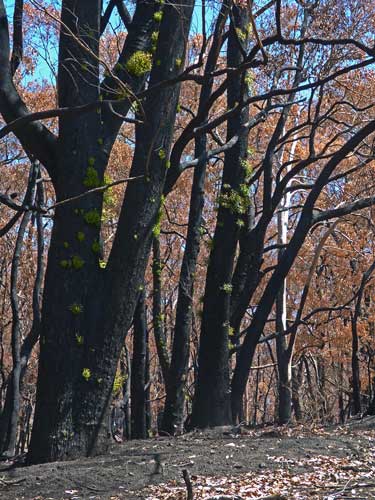
(Photo (©) - Peg & Bill Chartres' collection - 2020)
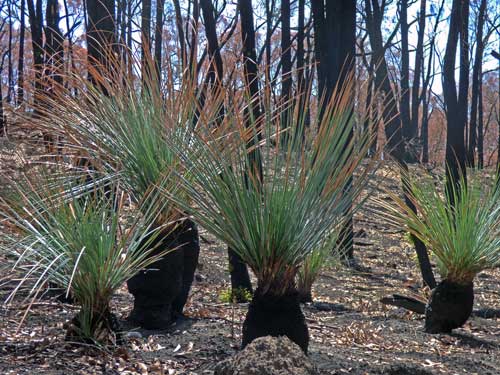
(Photo (©) - Peg & Bill Chartres' collection - 2020)
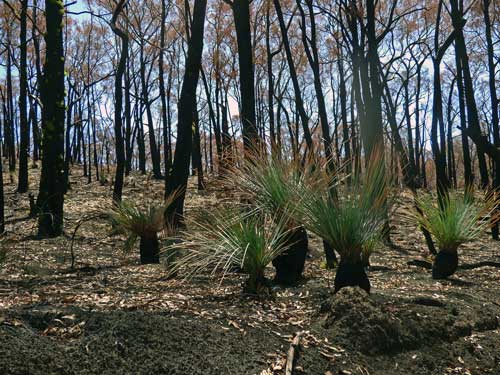
(Photo (©) - Peg & Bill Chartres' collection - 2020)
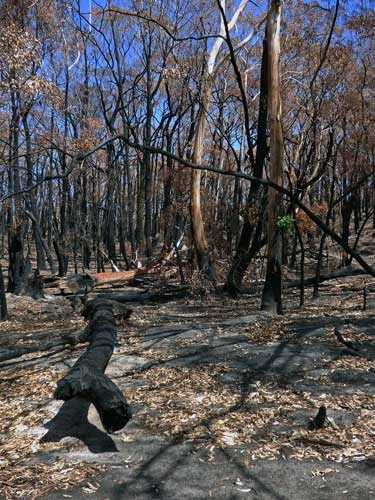
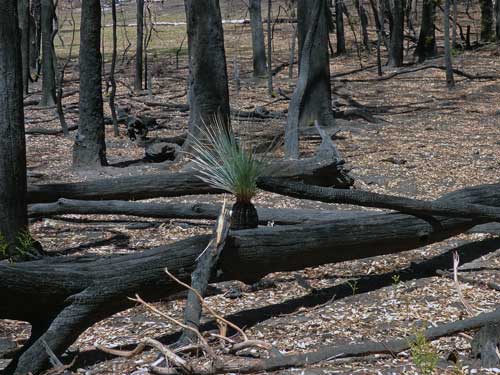
(Photo (©) - Peg & Bill Chartres' collection - 2020)
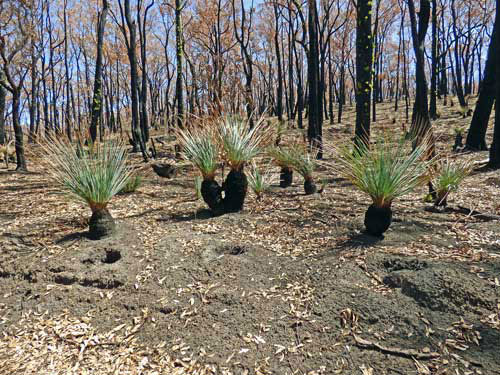
(Photo (©) - Peg & Bill Chartres' collection - 2020)
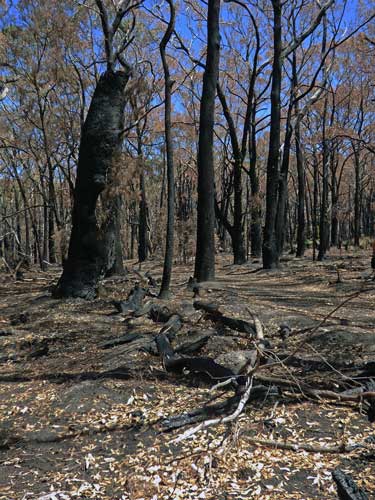
(Photo (©) - Peg & Bill Chartres' collection - 2020)
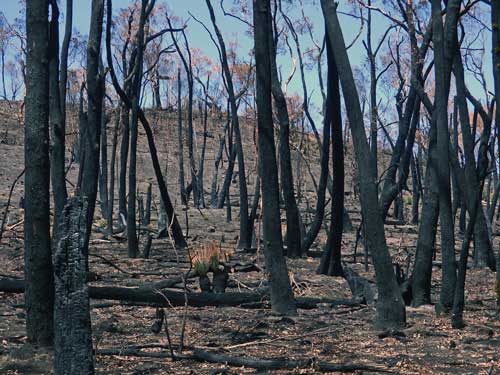
(Photo (©) - Peg & Bill Chartres' collection - 2020)
